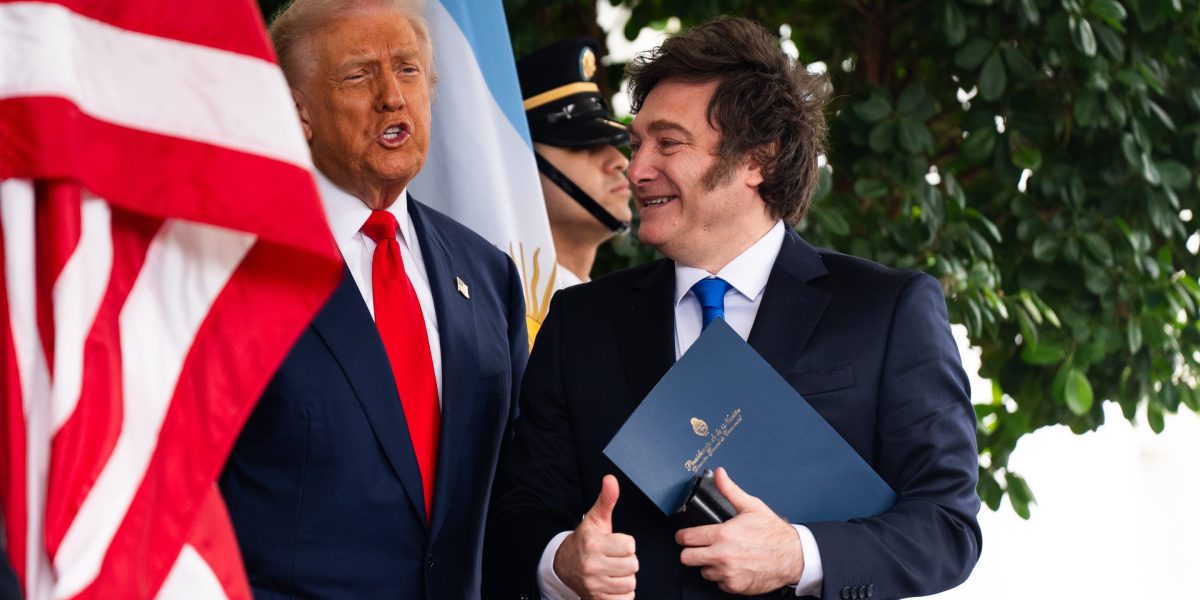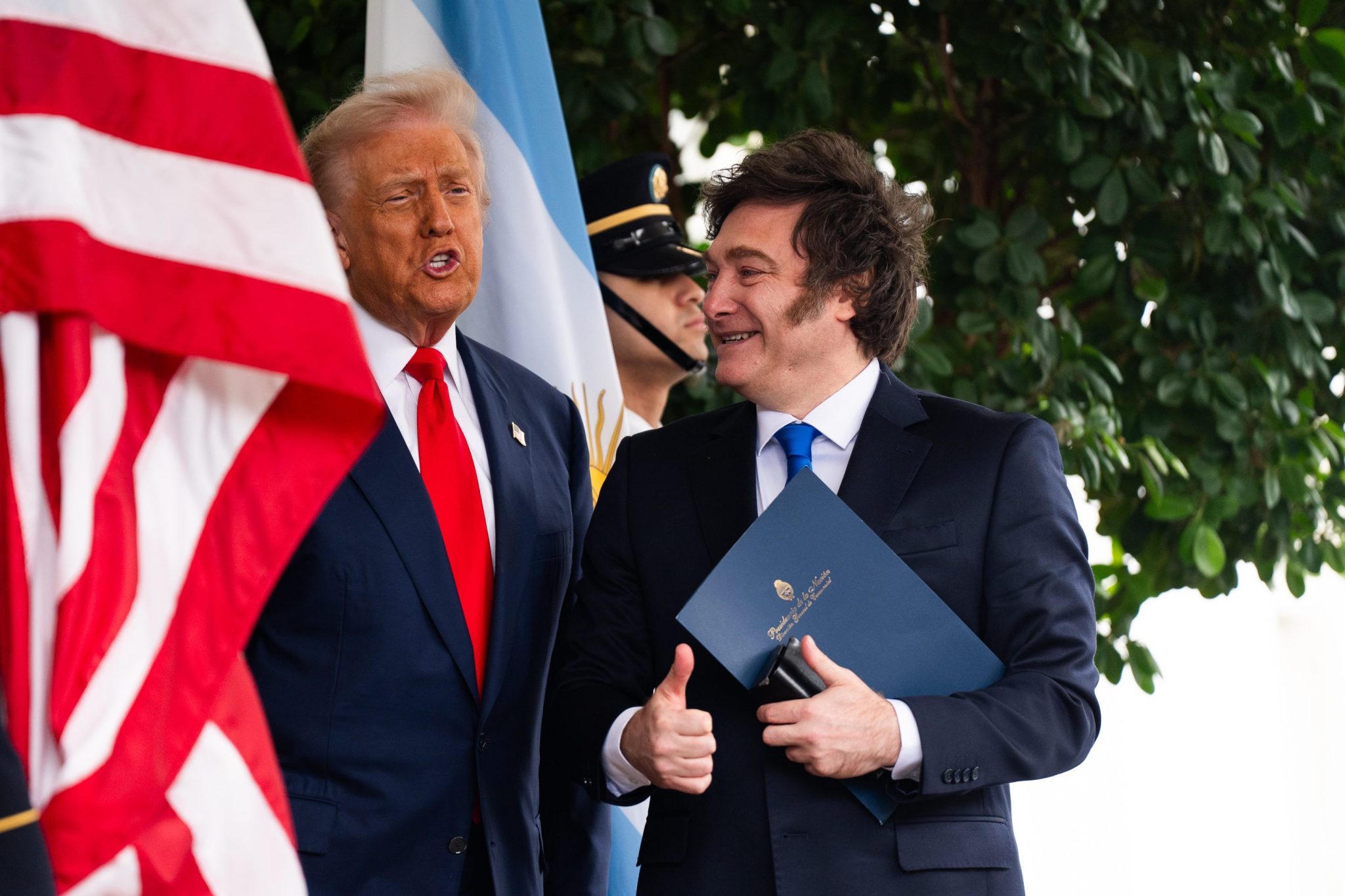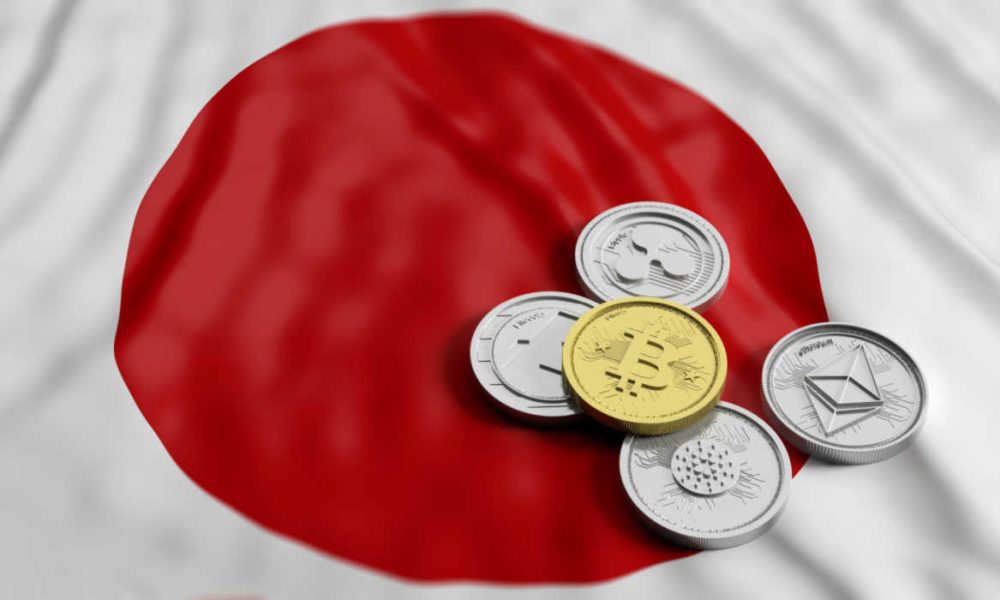Like Milei, Trump also can’t stop Argentina’s peso from falling — ‘Will the U.S. get paid back?’


Argentina’s peso continues to sell off despite a U.S. rescue package, ahead of a key election that could trigger another steep bout of depreciation.
On Friday, the currency slipped 0.4% against the U.S. dollar, which now trades at nearly 1,492 pesos. The exchange rate has already hit a record low and is below its level before the Trump administration announced a $20 billion currency swap agreement.
While news of that lifeline briefly triggered a sharp rally earlier this month, the peso has since given up those gains and has tumbled by more than 40% against the greenback so far this year.
That’s despite Argentine President Javier Milei’s efforts to secure an IMF rescue and defend the peso by draining the country’s foreign-exchange reserves.
The financial turmoil comes as voters have become disillusioned with Milei’s libertarian economic program, which has drawn praise from Trump and other Republicans. While he has made major progress in curbing deficits and inflation, growth has slowed, and Argentina’s so-called crawling peg to the dollar is seen as unsustainable.
Recent regional elections dealt Milei a major defeat, raising odds that he will devalue the peso. And congressional elections this Sunday are expected to further go against his party, putting additional pressure on the currency.
Trump has defended his rescue amid growing pushback from supporters who say it doesn’t align with his “Make America Great Again” agenda.
“They have no money, they have no anything, they’re fighting so hard to survive,” Trump told reporters aboard Air Force One last weekend.
Treasury Secretary Scott Bessent has defended aid to Argentina as necessary to prevent a “failed state” and called the currency swap line “a bridge to a better economic future for Argentina, not a bailout.”
But U.S. intervention has so far failed to arrest the peso’s slide to fresh record lows, even as market participants have reportedly seen signs that the Treasury Department is selling hundreds of millions of dollars to prop it up.
Wall Street’s dim view
Wall Street has taken a dim view of Argentina’s prospects and the Trump administration’s ability to keep Milei’s economic reforms on track.
Joseph Brusuelas, chief economist at RSM, said in a blog post on Wednesday that the currency intervention has failed and predicted a 15%-30% plunge for the peso is highly likely if voters reject Milei again.
He pointed out that the U.S. is also trying to arrange additional loans for Argentina from American banks, which are reportedly seeking collateral or guarantees that they will be made whole again.
“Given that the Milei government has already exhausted $20 billion in aid from the International Monetary Fund, it is necessary to ask the question: Will the U.S. get paid back?” Brusuelas said.
He said Buenos Aires will probably devalue the peso and possibly default on its debt, noting that the country is a “serial defaulter” that has tried to renegotiate its foreign debt nine times since 1816.
In fact, Argentina has dollar-denominated debts coming due soon, requiring at least $18 billion in repayments next year.
In a note on Tuesday, Mauricio Monge, senior Latin America economist at Oxford Economics, said the U.S. currency lifeline would be most effective if it was front-loaded and immediate.
But it’s not clear that’s the case, especially since Trump has said further aid would depend on the increasingly unlikely scenario that Milei’s allies win on Sunday.
“If history has taught us anything about Argentina, it is that past bailouts, when political support wanes, have proven futile,” he added. “As Milei’s approval ratings decline and political support fades, the likelihood of reimposing capital controls and currency depreciation increases, prompting depositors to shift to dollars.”





